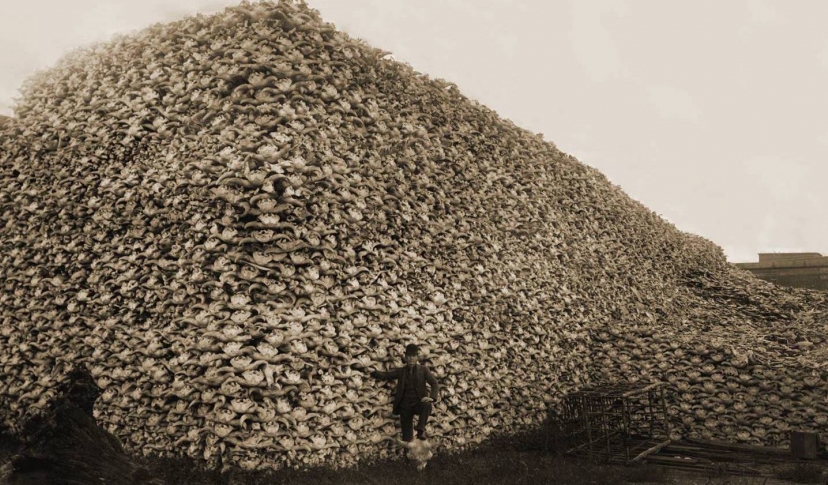Visualizing Extinction: A Talk by Joshua Schuster
Slought
4017 Walnut St
Philadelphia, PA 19104

PPEH is pleased to co-sponsor "Visualizing Extinction," a public talk at Slought by Joshua Schuster that explores the literary, philosophical, and psychological implications of the extinction of animals. Scattered across various archives are drawings, photographs, and taxidermies of last animals collected over the past two centuries, remnant images of a final animal before its extinction. About the same time as scientific knowledge of extinction was confirmed in the first decades of the nineteenth century and after, the technology of photography began to be used to document extinction. By the late nineteenth century, new developments in photography also allowed for cameras to capture moving animals in the wild. But what does it mean to photograph extinction or to collect extinct animal specimens in a museum for visual display?
As images indexing extinction accumulated in the twentieth century, public consciousness around animal extinction and human extinction underwent dramatic reevaluation. In recent decades, photographers have taken on specific projects to photograph and document last animals in the time of what is being called "the sixth mass extinction" in the history of the earth. However, some artists have been pushing back against the dominance of last animal imagery in visualizing extinction. Instead, a new wave of visual imagery is stressing how the visual iconography of lastness can be reworked into new images that challenge presuppositions of the inevitability of extinction.
Every encounter with an image of extinction thus presents a contradiction. Such images both make extinction visible yet question how it is possible to see extinction at all. Such images also are involved in visualizing the end of visualization. Looking at images of extinction raises a number of further questions: How is it possible to see something that has vanished? What kind of aesthetic responses are appropriate? Who takes these photographs and who keeps them? How should we look at these images in an ethical way yet also reflect on their violence? And what happens when these same visual tropes and ethical concerns are applied to photographs of humans undergoing extinction events?
Joshua Schuster is Associate Professor in English and Writing Studies at Western University. His research focuses on American Literature, poetics, and environmental ideas. His book Ecology of Modernism: American Environments and Avant-Garde Poetics (2015), explores modernist American literature and music in relation to environmental problems of the era between 1900-1950.
